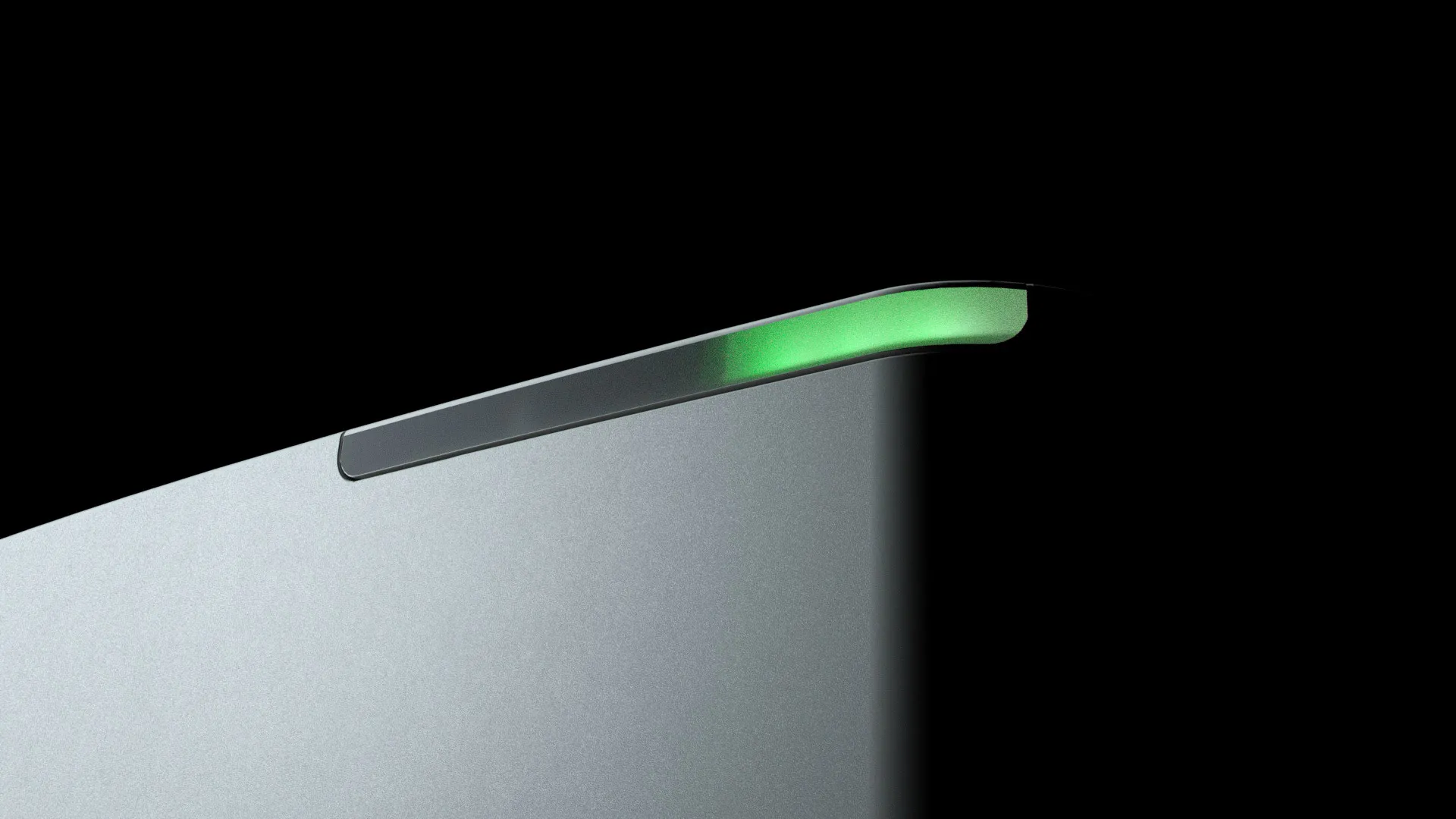
App Notes
Microfluidic Modulation Spectroscopy (MMS) Fills an Analytical Gap with a Lower LOQ for Measuring Protein Misfolds and Structural Similarity
January 2, 2018
APPLICATION NOTE
This Application Note Includes:
- MMS was used to study the heat-induced thermal denaturation of BSA samples
- Allows the use of simpler detectors without the need for liquid nitrogen cooling
- Differentiates small changes in secondary structure across a wide concentration range without the interference of excipients or loss of linearity at the lowest and highest concentrations
- Delivers information about aggregation, stability, HOS, and similarity in addition to quantitation results
Using MMS For Measuring Protein Misfolding And Aggregation
Protein misfolding in secondary structure can occur during all phases of drug development. A protein misfold represents a structural impurity and at any level can result in changed efficacy and increase the potential for immunogenicity. Improving spectroscopic methods for measuring low level impurities in secondary structure is necessary to maintain confidence in a protein’s integrity during all phases of drug development. Common structural characterization methods such as FTIR and CD have known limitations in reproducibility and sensitivity which adversely increase the lowest level of quantitation (LOQ) achievable when measuring structural impurities and similarity. Microfluidic Modulation Spectroscopy is a protein characterization method which generates reproducible high resolution measurements.
Please complete the form if you would like to download the app note.


